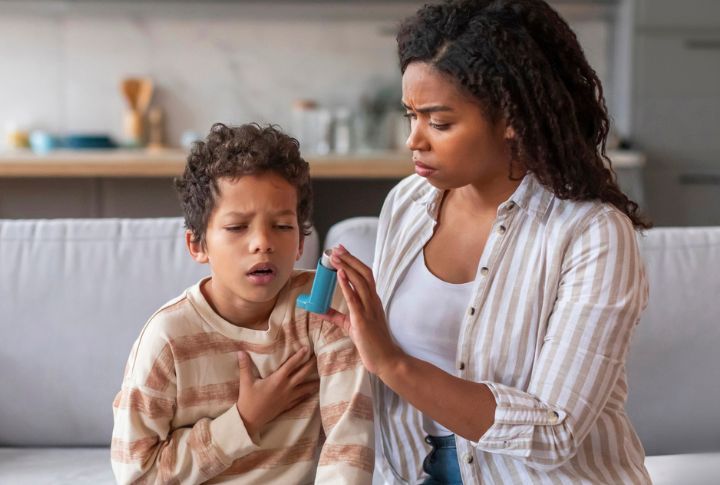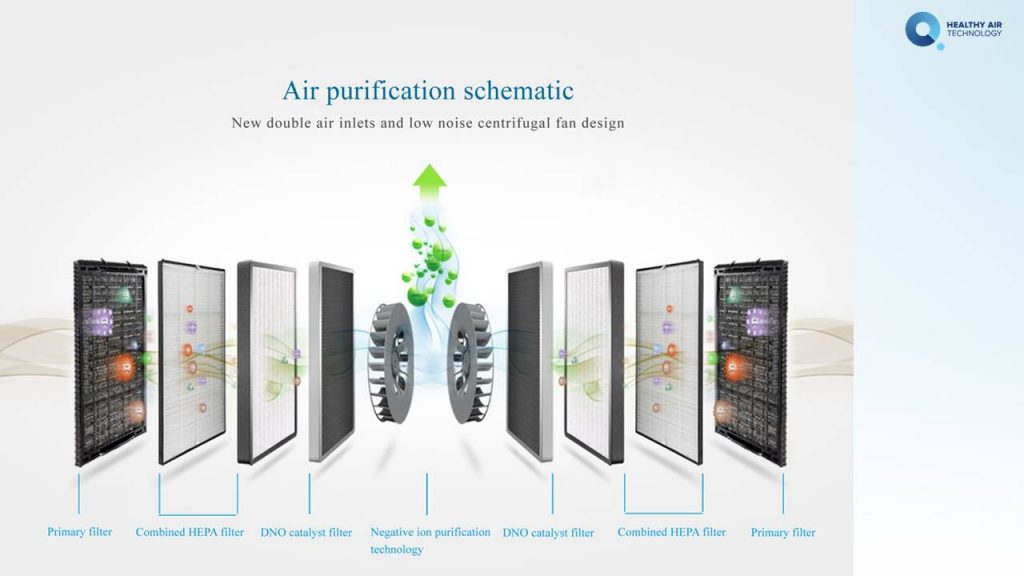The Hidden Danger in Our Schools
As parents, educators, and school administrators, we prioritize our children’s safety, health and education. However, a critical factor often goes unnoticed: the air they breathe in classrooms, assembly grounds, and even Daycare centers. Exposure to poor air quality early in life was found to be associated with impaired infant lung function measures related to both airway caliber and lung volume [https://www.ncbi.nlm.nih.gov/pmc/articles/PMC9543871/]. This is a significant threat to children, linked to respiratory issues, decreased cognitive function, and long-term health concerns. With children spending up to 8 hours daily in these environments, we must take proactive steps to safeguard their health. At Healthy Air (HA) Nigeria, we’re committed to bridging this environmental health gap with innovative solutions like our patented medical grade D-orbital Nano Oxide (DNO) catalyst air purifiers, empowering communities to create safer, healthier learning spaces. Join us as we explore the impact of poor indoor air quality on our children’s well-being and discover how we can create a healthier learning environment together.

Sources of Indoor Air Pollution in Classrooms and their impacts:
5 Key Contributors to Poor Indoor Air Quality in School Environment
- Mold and Mildew Growth: This occurs when the environment has high humidity levels, Poor air circulation, and water spills or leaks. Impact: respiratory problems (coughing, wheezing), allergies, skin irritation, and increased risk of asthma.
- Volatile Organic Compounds (VOCs): From furniture, carpets, paints, art supplies, adhesives, glues, pesticides, and cleaning products. These compounds are also found in body sprays and deodorants. Impact: headaches, dizziness, respiratory issues (asthma, coughing), allergies (skin irritation) and increased risk of learning disabilities
- Particulate matter (PM): These are microscopic particles that harm kids’ lungs and health. They are found in dust from classrooms and playgrounds, pollen (trees and flowers), pet dander, smoke from roadside food vendors cooking/frying, and construction materials (e.g., sand, cement) in or around school premises. Impact: – Respiratory issues (asthma, coughing), lung damage/diseases and increased risk of infections. Children’s lungs are still developing, making them more vulnerable to PM
- Nitrogen & Sulfur Oxides: These are toxic gases from generators, fuel Combustion, and vehicle exhaust fumes on school premises. Impact: If inhaled by children it can lead to respiratory issues (asthma, lung damage), cardiovascular problems, and increased risk of cancer.
- Bacteria and viruses: These are microorganisms responsible for the spread of illnesses and infections. Their presence is caused by poor hygiene (hand-washing), contaminated surfaces, throwbacks from air conditioning vents, and communicable diseases amongst classmates (coughing, sneezing). Impact: In children, these microorganisms cause illnesses (flu, common cold), infections (pneumonia, bronchitis), and respiratory issues (asthma, emphysema).

Nigeria’s Reality:
- Over 5 million children suffer from asthma
- Respiratory diseases account for 12% of child mortality (under 15 years)
- 1 in 5 children experience respiratory problems due to poor air quality
The Alarming Statistics:
- 3.2 million premature deaths annually from diseases caused by household air pollution (https://www.who.int/teams/environment-climate-change-and-health/air-quality-energy-and-health/sectoral-interventions/household-air-pollution/health-risks#:~:text=Nearly%203.2%20million%20people%20die,caused%20by%20household%20air%20pollution)
- 70% of Nigerian schools lack proper ventilation (UNICEF)
- Air pollution costs Nigeria $542 million annually (World Bank) https://openknowledge.worldbank.org/entities/publication/3c9b95b0-30d2-5333-bf1b-7f904a1f5e99
Introducing Healthy Air’s D-Orbital Nano Oxide (DNO) Catalyst:
Our medical-grade air cleaning solution captures, and absolutely destroys airborne pollutants releasing fresh oxygenated air for pupils, students and members of staff of academic institutions. Our patented HA DNO air purifiers offers:

- 99.99% effectiveness: captures, and destroys pollutants in the air leaving your indoor space with clean fresh, and healthy air around the clock.
- Enhances Infection Prevention and Control measures observed by the school
- Ensures improved respiratory health
- Enhanced mental clarity and focus
- Reduced absenteeism and improved academic performance
Breathe Easy, Learn Better:
Don’t let poor air quality hold your child back. Invest in Healthy Air’s DNO catalyst technology for your school and home.
- Share this critical information with fellow parents and educators.
- Demand improved air quality in your child’s school.
- Order Healthy Air’s DNO catalyst for your home or school.
Let’s create a healthier learning environment for our children. Visit our website at https://healthyairnigeria.com/ to learn more and take the first step towards cleaner air and better health. Together, we can make a difference.


